How 12 Big Tech Companies Save Millions of Dollars With Cancellation Flows
We've documented where "Big Tech" players are way ahead of the industry with their use of cancel flows.
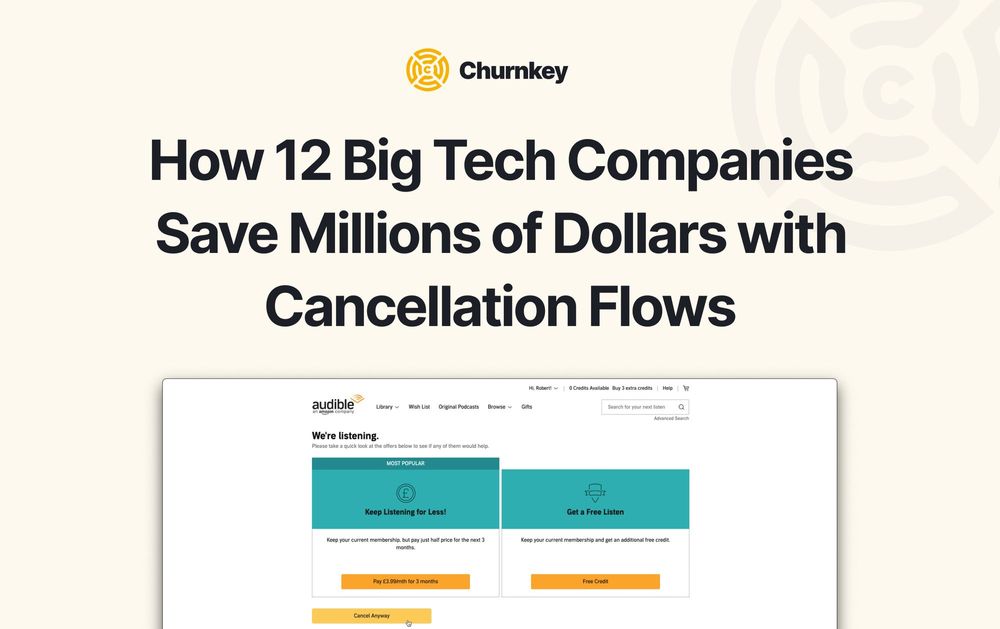
Personalized cancel experiences—flows that offer subscribers discounts, deals, or any other reason to stay—are proliferating among big tech companies. At Churnkey, we've documented dozens of cancel experiences and integrated what we've learned into our product.
We believe that when massive subscription companies—Amazon, Adobe, Netflix, Microsoft, etc.—use similar tactics in their user interfaces and customer flows, it's time to take note.
Historically, it's been the other way around. bigger tech companies have taken product cues (read: stolen or bought) from smaller companies and startups. Think Facebook vs. Snap, Google vs. Waze, Uber vs. Postmates.
But when it comes to handling customer offboarding and establishing cancellation flow patterns, the established players are way out ahead of the industry. The days of frustrating, unsophisticated automatic call forwarding to "customer retention specialists" are over. Now, customer data is being leveraged to calculate deals that are surfaced on the fly. The goal: to keep someone subscribed, even if it's at a lower rate, or through a temporary pause in billing.
These "off the books" deals can serve as both inspiration and warning: there is a fine line between finding a solution that works best for all parties involved and the dark patterns of manipulation. At every step, it's best to be transparent, clear with your language, and direct with your flows.
At Churnkey, we're seeing an average save rate of 34%. That is, over tens of thousands of customer sessions, 34% of our client's customers decide to accept a deal in lieu of cancelling their subscription. If we assume a success rate that's even half of what we're seeing, then these massive companies' (Disney+ has 75 million subscribers, for example) cancellation flows must have an incredible effect on revenue.
Now, what can you learn for your SaaS, DTC, or e-commerce business?
Essential Steps of Effective Cancellation Flows
Cancellation Insight Surveys
More than half of all the cancellation flows we researched included prominent “why are you leaving?” surveys. The best ones we experienced were short, easy to scan, and had large tap/click areas. Typically, these flows collect feedback at the beginning of the cancel experience, since it provides both essential feedback and enables more targeted recovery attempts to be made.
For example, if a customer selects “too expensive,” then there are obvious budgetary offers that can be presented. If a customer chooses technical or product confusion, perhaps there’s a way to get someone on a call, especially if their LTV is high.
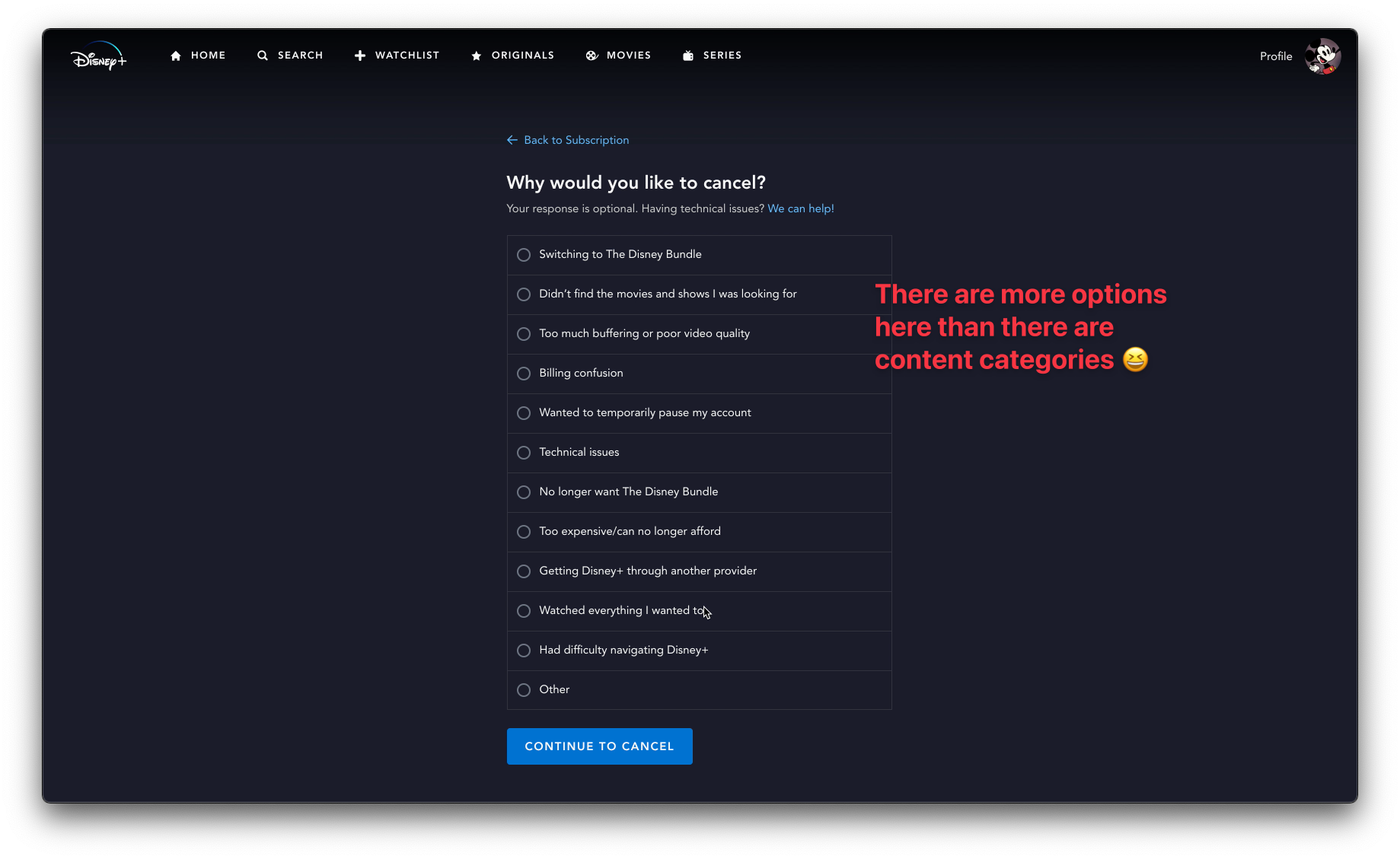

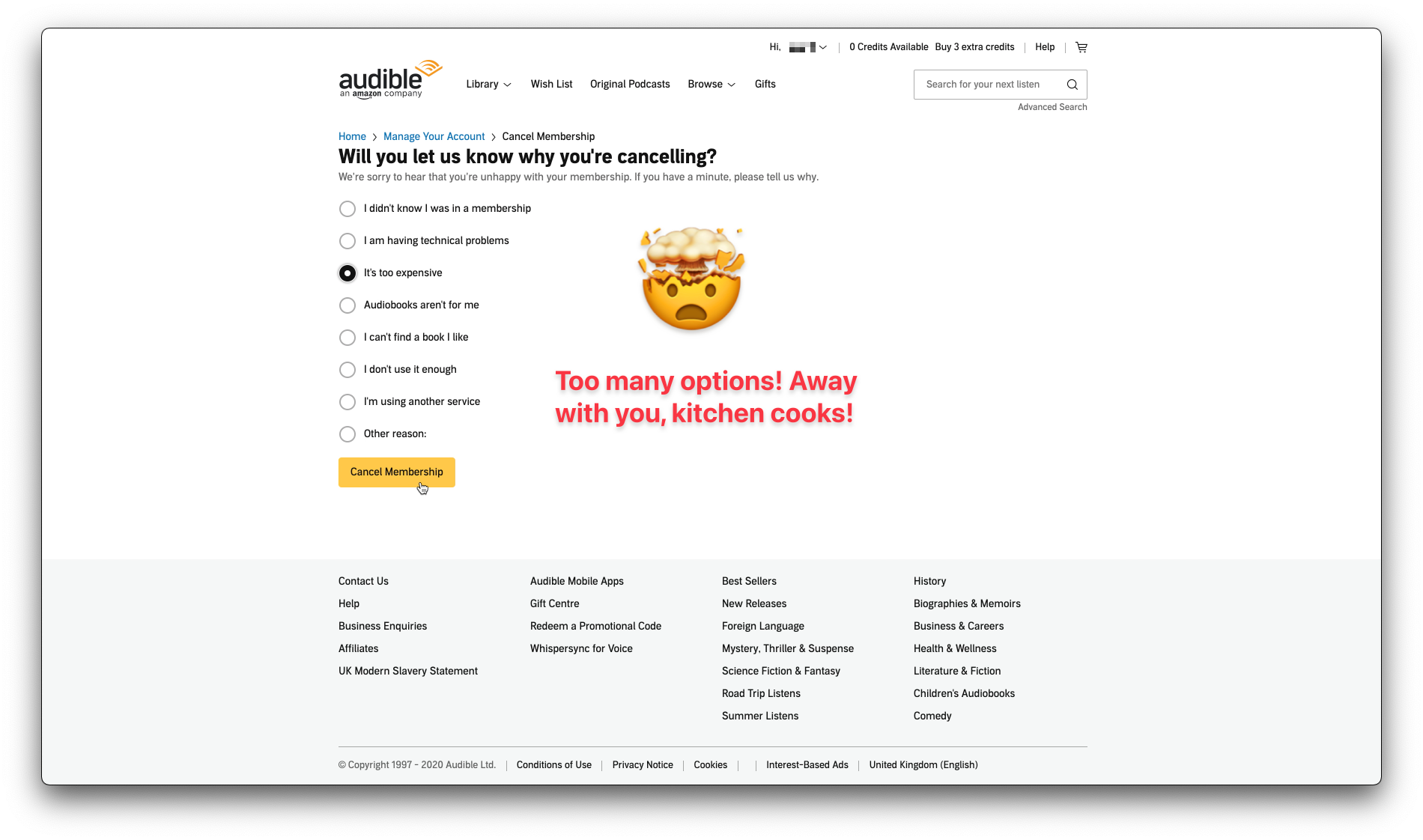



Reminder of Investment or Membership Benefits
Curating content or building a wake of listening/viewing history is easy fodder for Audible, Amazon, and Google Stadia to FOMO you into staying around. These tactics can edge into dark patterns, but genuinely reminding customers of the investments they’ve made into your ecosystem can be effective at communicating your product’s value.


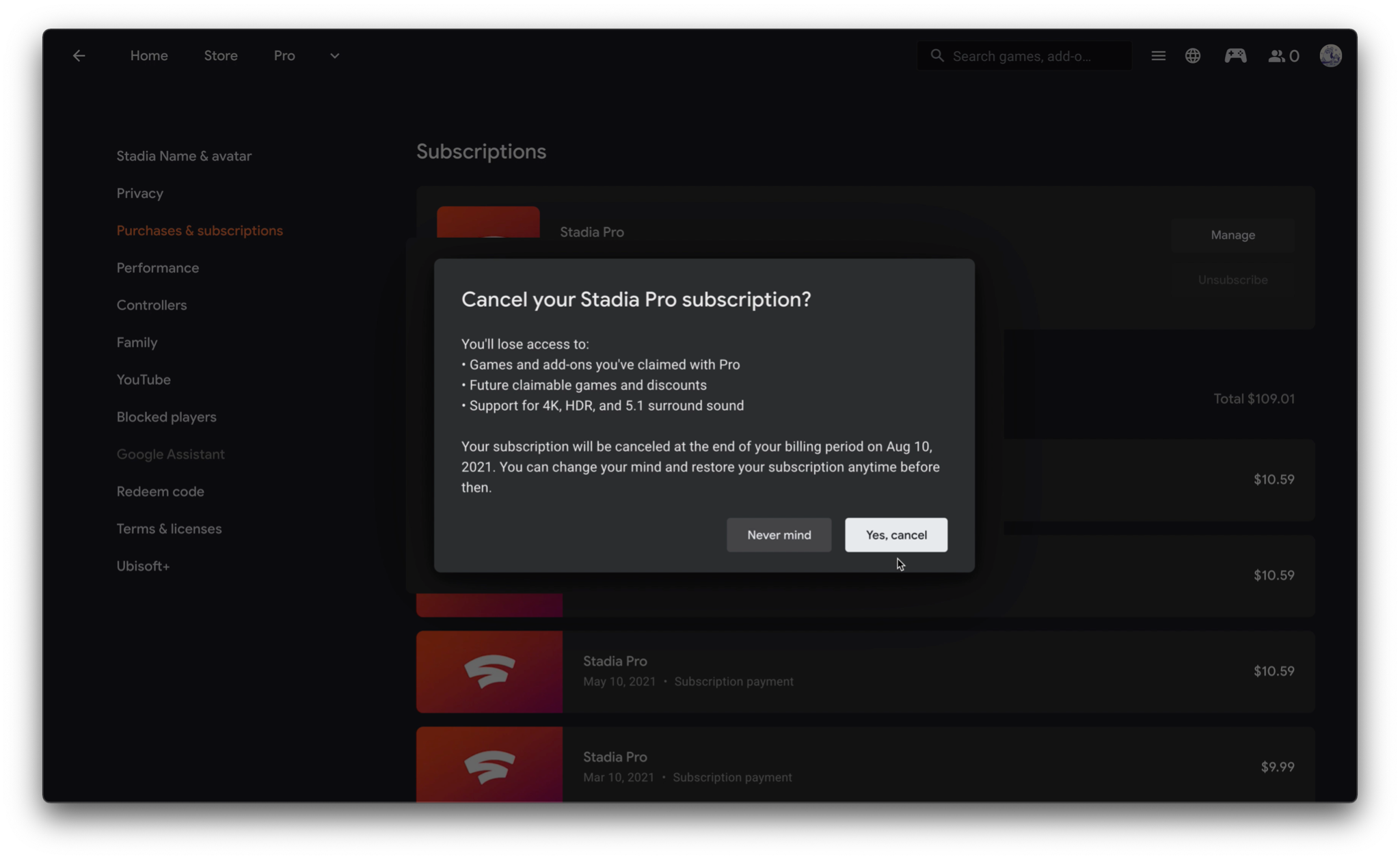
Adobe and Microsoft took a more general approach: reminding subscribers of the product benefits they enjoyed but will no longer be able to use. Reduced cloud storage, lack of app access, general workflow disruptions.

Presenting Effective Offers
(Cue The Godfather music)
There are three buckets we’ve seen when it comes to offers:
- Push customers to switch to a different, cheaper plan, a tactic used by Netflix. Sometimes, this new plan might even be a “secret” plan that’s only offered to certain customers.
- Subscription “extensions” or free pauses. Microsoft, for example, will add two free months to subscriptions, billing them normally at the end of the two months. This seems like it might be particularly effective: they keep customers subscribed, buying time to re-engage them and get them to form product usage habits, all while preserving the ability to charge them at the end of their new billing cycle.
- Discounted plans or arrangements that present the customer with a “well, why wouldn’t I take this?” decision point. Kindle Unlimited, for example, offered a discount that brought the next quarterly subscription down from $29.97 to just $1.99. Audible offered the choice to cut prices in half or accept a free audiobook credit.

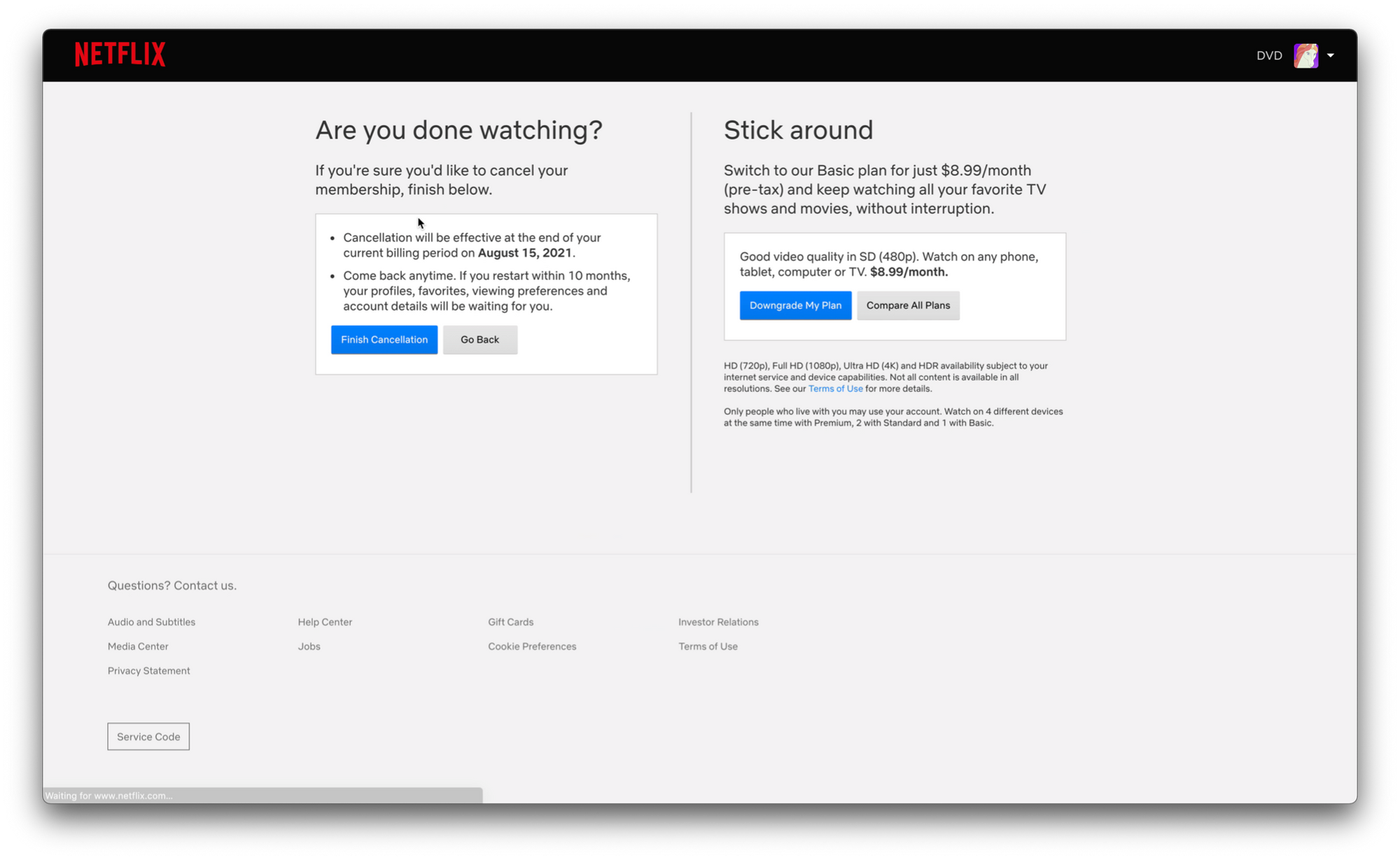
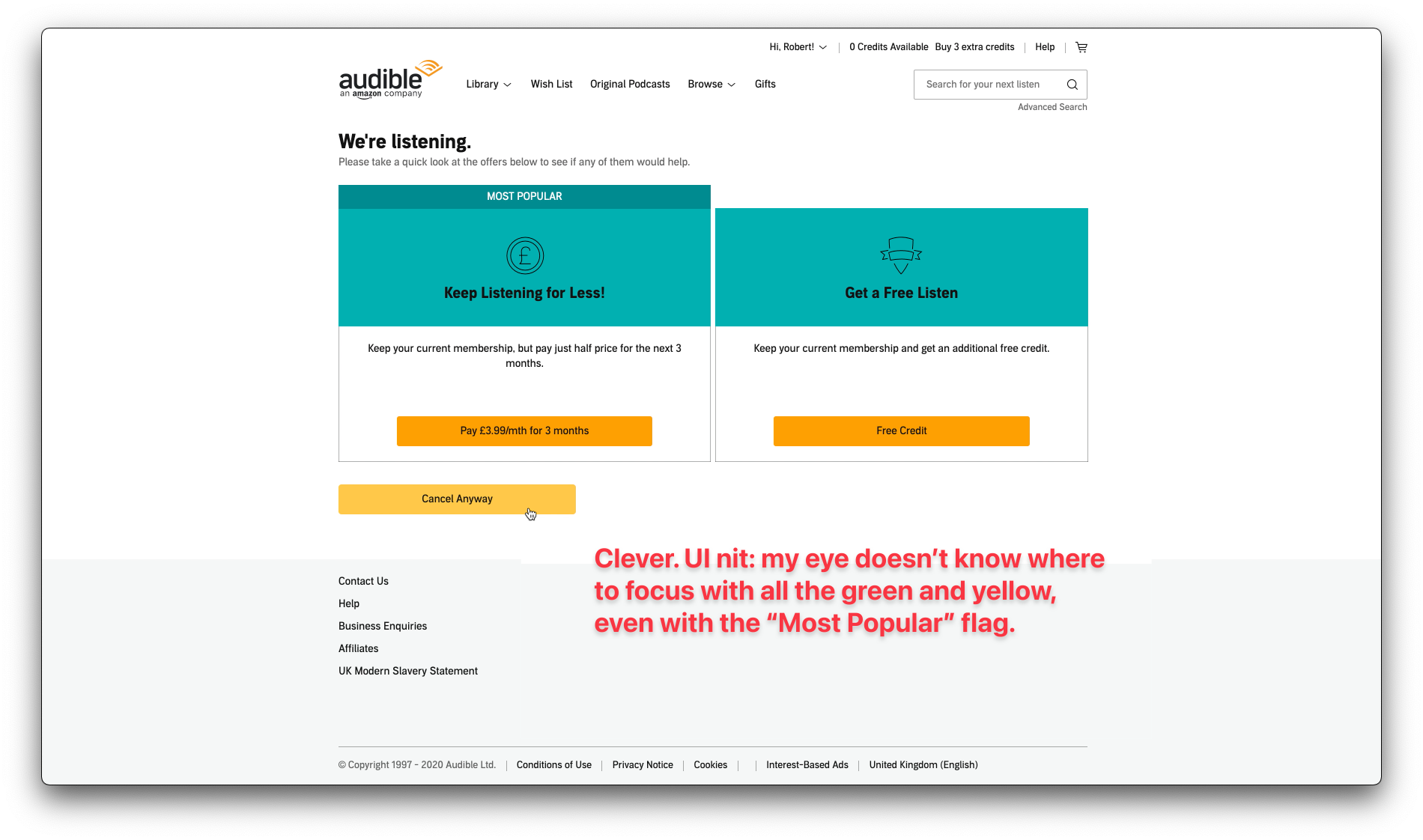
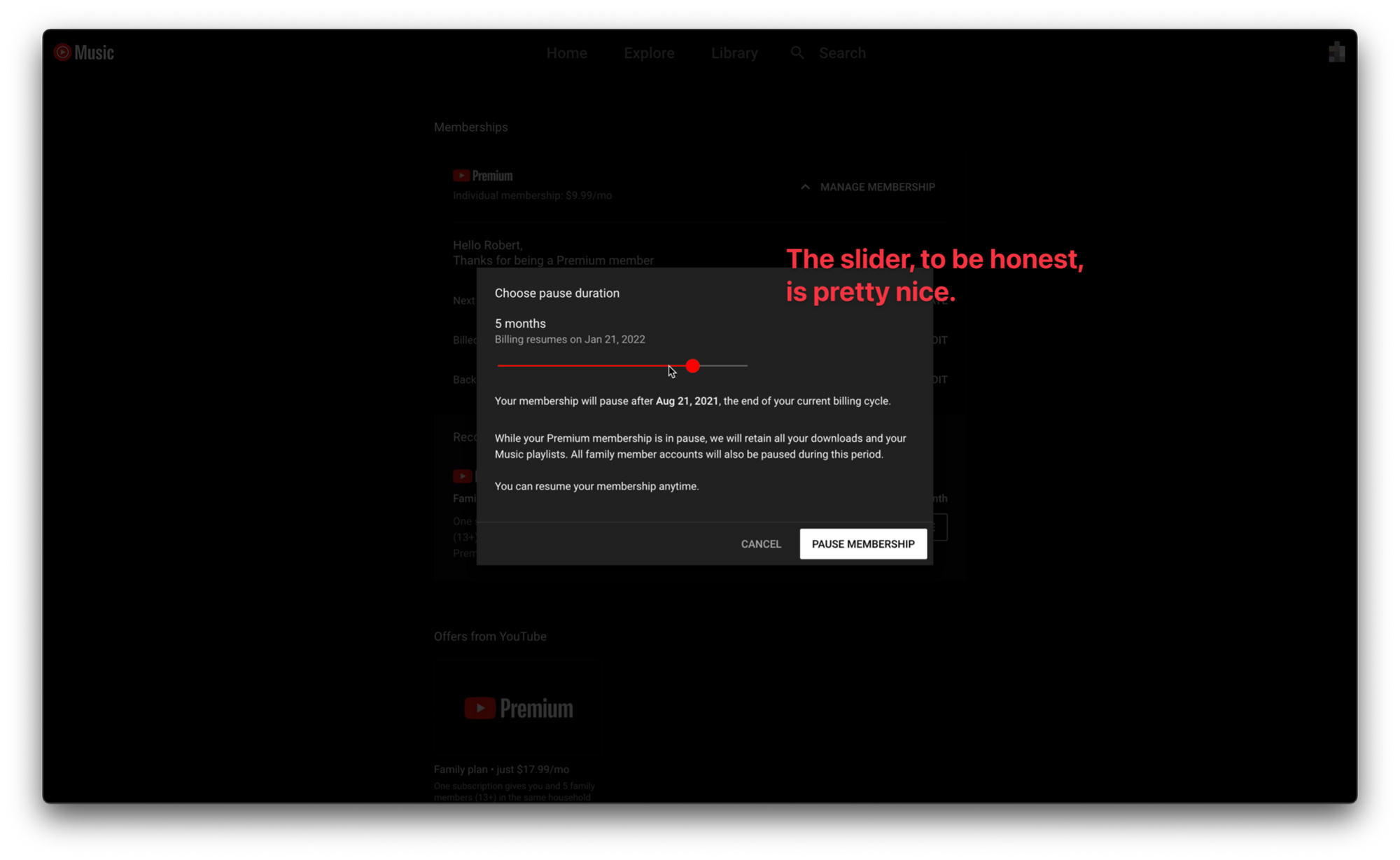
It’s important to emphasize that these offers aren’t blind pitches. The most sophisticated deals are targeted and personalized. They take into account the following segment variables:
- Plan type
- Customer LTV
- Account age
- Product usage
- Special coupons or deals already applied
...as well as their reasons for leaving the product.
Double Confirmation for Offers and Cancellation
It’s simple, but asking the customer to confirm that they really, really want to proceed with cancelling their account can be a powerful moment. In our data, we see a significant percentage of sessions where a customer backtracks from the cancellation point so they can accept a previously-presented offer.
If a customer accepts the offer you present them, this can also reinforce the value they’re getting out of the deal.
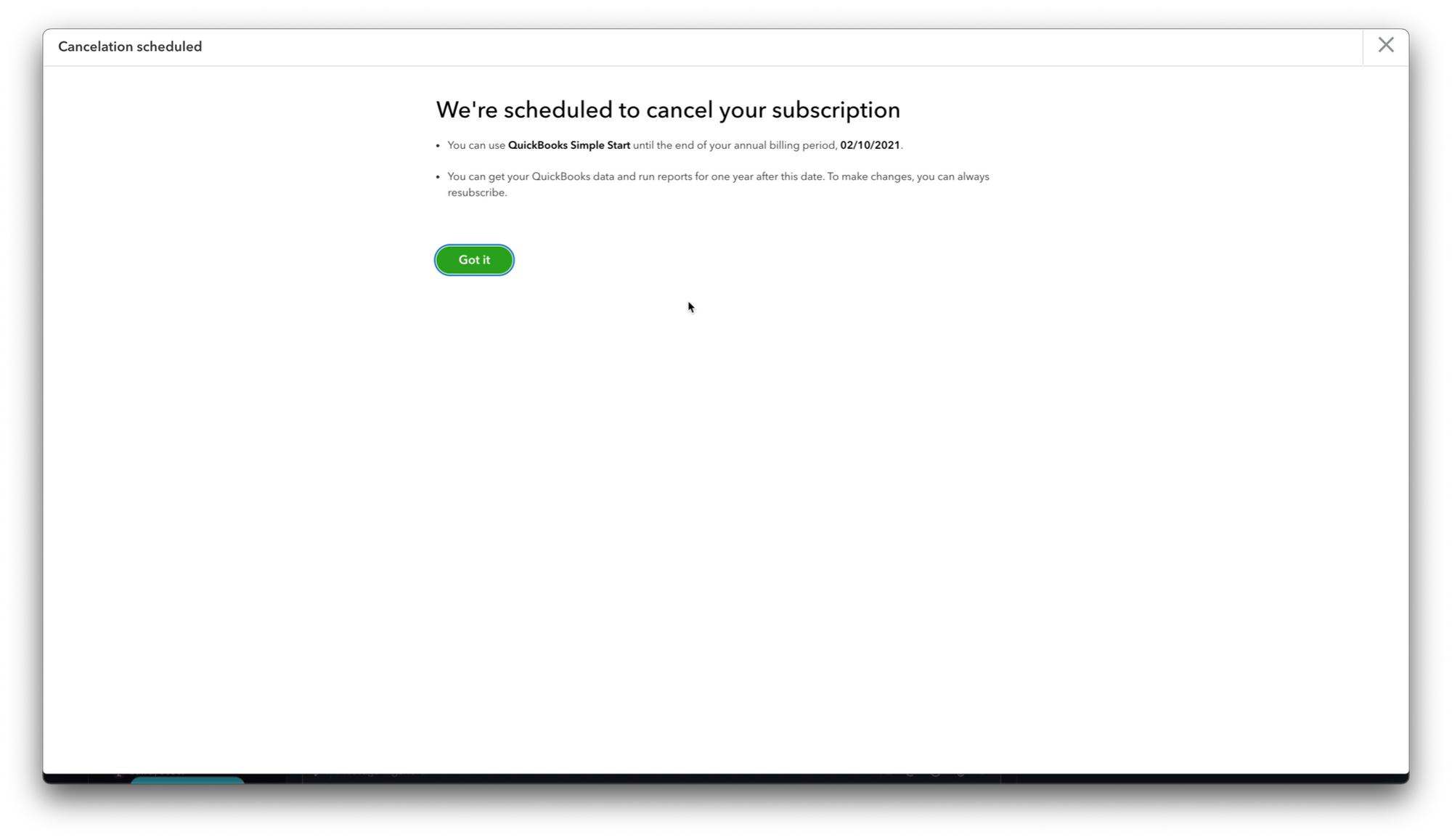


Surprising Tactics
Paid Pauses

As a longtime AWeber customer, I built up a sizable amount of contacts and segmented lists. But life happened. I stopped sending email blasts. I was left with a valuable asset but a hefty monthly fee.
When I decided to cancel, AWeber surprised me by offering a paid pause plan. They knew how valuable I had been to them, so instead of losing me forever, they took advantage of the platform investment I had made with them. A year later, I’m still a happy paid subscriber. I never had to export my data, and whenever I want to restart my email marketing engine, it’s right there waiting for me.
Subscription Bundling

Disney’s programming and back catalog advantage is massive, but its content is spread across a number of properties. Disney+ had the benefit of being the new kid on the block, backed by an exciting, fresh, and muscular marketing machine, and crushed its new customer goals.
But in cases where customers said that they ran out of content to watch—say, they wanted more Mandalorian episodes—Disney leveraged their platform advantage to expand subscription revenue and get them plugged into Hulu and/or ESPN.
Offer Bundling
While Adobe’s execution here could have been better—they could pre-select a different plan for you, instead of forcing you to wade through a murky dropdown menu—they employed a clever anchoring tactic. By using side-by-side offer comparisons, they could label one a “best offer,” which could mentally and emotionally reinforce customers who decide to take the deal.
How You Can Reduce Voluntary Churn Today
If you run a SaaS, DTC, or e-commerce business—and you don’t have a cancellation flow in place—you’re missing out on revenue and permanently capping growth. Even worse, you’re forcing customers to leave when up to 42% would happily stay with a better arrangement. If you do have a cancellation flow in place, Churnkey will do far more things than custom-built solutions might not.
We've studied all of the tactics used by big tech and built a turnkey product for every SaaS, DTC, and e-commerce business. Churnkey uses only the most positive practices—avoiding dark patterns—so you don't have to think about whether you’re doing the right thing. Just plug us in and grow revenue month over month.
It's the biggest ROI effort you can make in the smallest amount of time.
To start reducing voluntary churn for your business, sign up for Churnkey today or start a chat with us.



